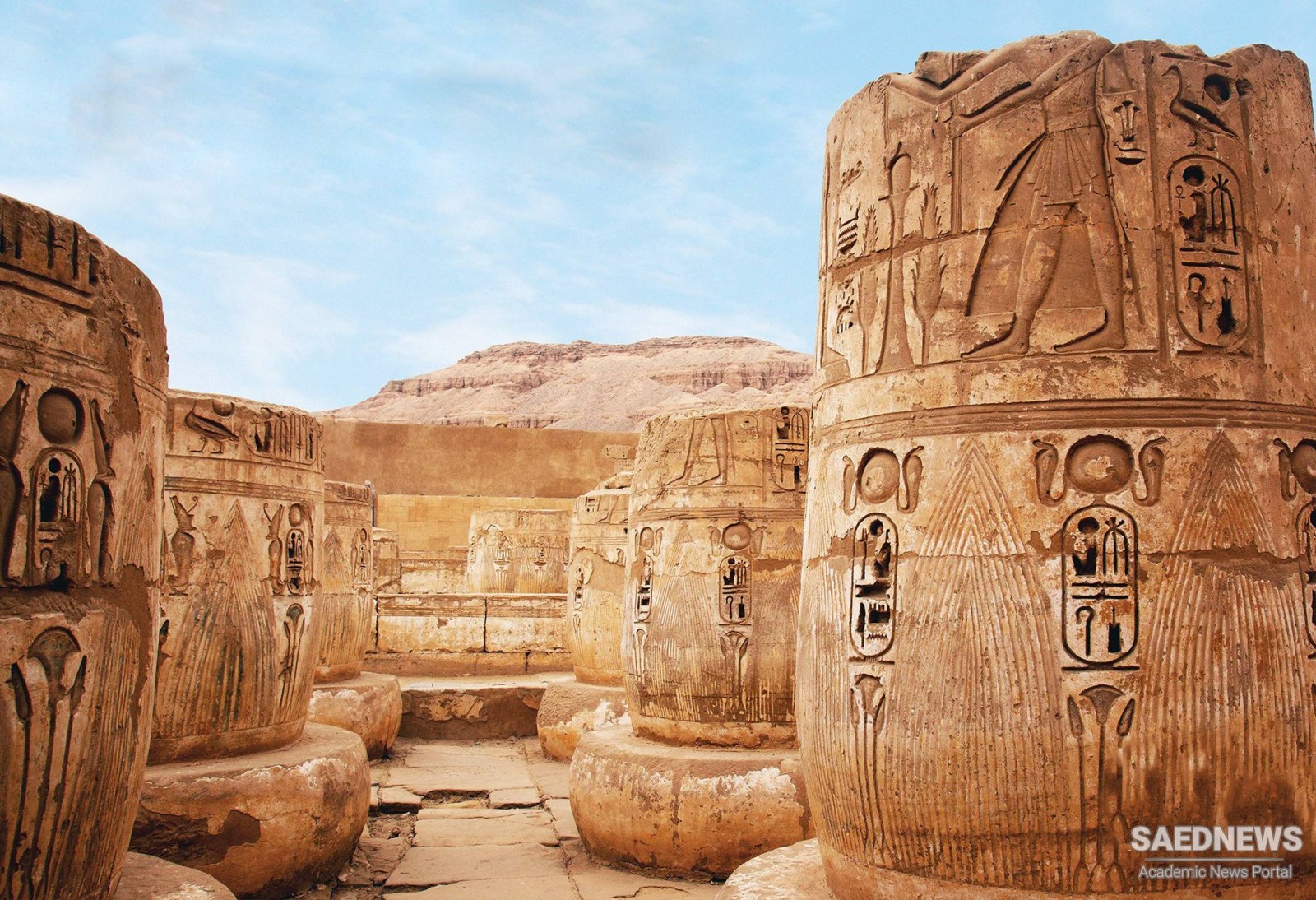From about 5000 BC such peoples were hunting, fishing, gathering crops and, finally, embarking on purposeful cultivation in the valley. They lived in villages grouped around market centres and seem to have belonged to clans which had animals as symbols or totems; these they copied on their pottery. This was the basis of the eventual political organization of Egypt, which began with the emergence of clan chiefs controlling the regions inhabited by their followers. At an early stage these peoples already had several important technological accomplishments to their credit, though they do not seem such advanced farmers as those of other parts of the ancient Middle East. They knew how to make papyrus boats, how to work hard materials such as basalt, and how to hammer copper into small articles for daily use.
They were, that is to say, pretty accomplished well before the dawn of written record, with specialist craftsmen and, to judge by their jewels, well-marked distinctions of class or status. Then, somewhere about the middle of the fourth millennium, there is an intensifi cation of foreign infl uences, apparent fi rst in the north, the delta. Signs of trade and contact with other regions multiply, notably with Mesopotamia, whose infl uence is shown in the art of this era. Meanwhile, hunting and occasional farming give way to a more intense cultivation. In art, the bas-relief appears which is to be so important later in the Egyptian tradition; copper goods become more plentiful. Everything seems suddenly to be emerging at once, almost without antecedents, and to this epoch belongs the basic political structure of the future kingdom.
It was twofold; at some time in the fourth millennium there solidifi ed two kingdoms, one northern, one southern, one of Lower and one of Upper Egypt. This is interestingly different from Sumer; there were no city-states. Egypt seems to move straight from pre-civilization to the government of large areas. Egypt’s early ‘towns’ were the market-places of agriculturalists; the agricultural communities and clans coalesced into groups which were the foundation of later provinces. Egypt was to be a political entity 700 years before Mesopotamia, but even later she would have only a restricted experience of city life.
Of the kings of the two Egypts we know little until about 3200 BC, but we may guess that they were the eventual winners in centuries of struggles to consolidate power over larger and larger groups of people. It is about the same time that the written record begins and this must have been important in the consolidation of power. Because writing is already there at the beginning of the Egyptian story, furthermore, something more like a continuous historical account of the Egyptian civilization can be put together than in the case of Sumer. In Egypt, writing was used from its fi rst appearance not merely as an administrative and economic convenience but to record events on monuments and relics intended to survive.
In about 3200 BC , the records tell us, a great king of Upper Egypt, Menes, conquered the north. Egypt was thus unifi ed in a huge state, running up the river as far as Abu Simbel. It was to be even bigger and to extend even further up the great river which was its heart, and it was also to undergo disruption from time to time, but this is effectively the beginning of a civilization which was to survive into the age of classical Greece and Rome. For nearly 3,000 years – one and a half times the life of Christianity – Egypt was a historical entity, for much of it a source of wonder and focus of admiration. In so long a period much happened and we by no means know all of it. Yet the stability and conservative power of Egyptian civilization are more striking than its vicissitudes.
Roughly speaking, that civilization’s greatest days were over by about 1000 BC. Before that date, Egyptian history can most easily be visualized in five big traditional divisions. Three of these are called, respectively, the Old, Middle and New Kingdoms; they are separated by two others called the First and Second Intermediate periods. Very roughly, the three ‘kingdoms’ are periods of success or at least of consolidated government; the two intermediate stages are interludes of weakness and disruption from external and internal causes. The whole scheme can be envisaged as a kind of layer cake, with three tiers of different fl avours separated by two of somewhat formless jam.


 Egypt: the Rise of a New Civilization
Egypt: the Rise of a New Civilization














































